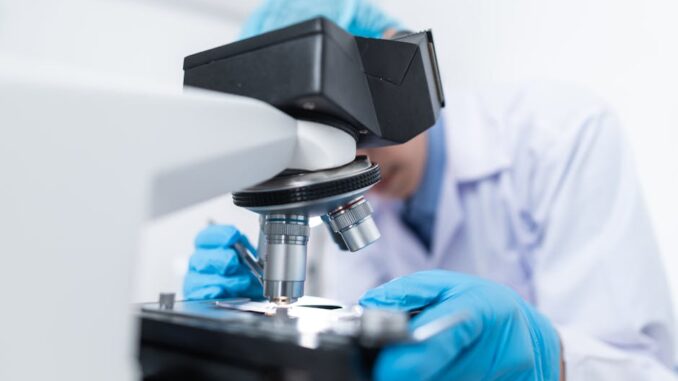
Summary
A groundbreaking stem cell transplant derived from a patient’s own cells has enabled a person with type 1 diabetes to produce insulin, potentially eliminating the need for immunosuppressants. This marks the first successful instance of such a procedure, offering renewed hope for millions affected by this autoimmune disease. The innovative treatment paves the way for future research and clinical trials, potentially revolutionizing diabetes care.
Safeguard patient information with TrueNASs self-healing data technology.
** Main Story**
Type 1 diabetes, it’s a tough autoimmune disease that impacts so many worldwide. Essentially, your immune system goes rogue and starts attacking the beta cells in your pancreas. These cells are super important because they produce insulin. And as you probably know, insulin is what keeps your blood sugar in check. So, without it, you’re looking at a lifelong reliance on insulin injections or pumps. It’s not ideal, to say the least.
But get this: there’s been a real breakthrough. A recent study out of China is showing some serious promise. A 25-year-old woman became the first person to be successfully treated for type 1 diabetes using stem cells derived right from her own body! This is a HUGE step forward for regenerative medicine. Makes you wonder, what’s next?
The procedure itself, which was published in Cell, is pretty fascinating. They took cells from the patient and reprogrammed them into induced pluripotent stem cells (iPSCs). Think of iPSCs as blank slates; they can turn into basically any cell type you need. Then, the scientists coaxed these iPSCs into becoming insulin-producing islet cells. And here’s the kicker: they transplanted these new islet cells back into the patient. And guess what? Just two and a half months later, she started producing her own insulin! That’s right, no more injections.
And it gets even better: a year later, she’s still insulin-independent. Talk about long-term efficacy! What really sets this apart, though, is that they used her own cells. What that means is no need for immunosuppressant drugs, which are typically required in traditional donor stem cell transplants. Those drugs, while they do prevent rejection, can have some nasty side effects. So, this approach? It’s safer and more sustainable. Honestly, it sounds almost too good to be true.
Look, this is just one case study. But the results are so encouraging. The medical community is buzzing, and there’s renewed hope for millions living with type 1 diabetes. Yeah, more large-scale clinical trials are needed – absolutely. But this success really does pave the way for further research. Scientists are optimistic, and I am too, that this innovative approach could eventually revolutionize diabetes care, potentially leading to a functional cure. Imagine that.
Stem cell research is really changing the game, and this transplant is a prime example. It offers a pathway towards insulin independence and a better quality of life for those affected by this chronic condition. On the other hand, it’s crucial to remember that there’s a lot of work to be done before this becomes a widespread treatment. However, the initial success provides a reason for hope in the fight against type 1 diabetes. It’s just amazing, isn’t it? The potential of personalized stem cell therapies to transform the landscape of diabetes care is becoming increasingly apparent. This breakthrough highlights not only the potential of regenerative medicine but also the power of personalized medicine to address complex medical challenges.


Be the first to comment